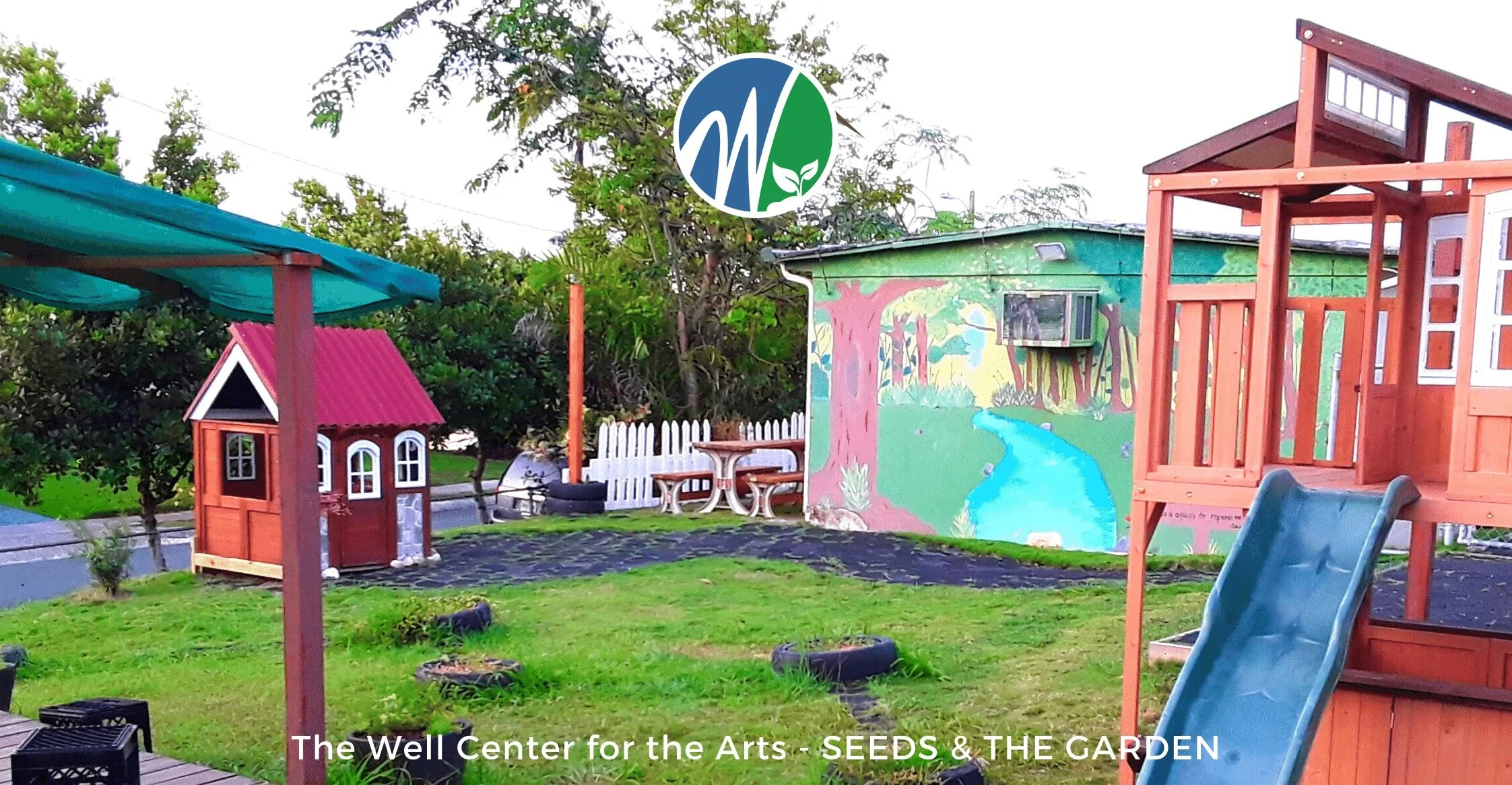Week 30: May 2-6 - Time to Fly
Time to Fly
Carolina holds one of the butterflies right after we let one of them go.
There are few things as spectacular as watching the little caterpillars we’ve held in our hands, form their chrysalids, break through them, and finally fly away…a new creation. This week, their was a lot of flying, not just with the butterflies, but with the launch of our new drama club (some photos included in the gallery below) and our goodbye to Miss Ana, whose last day was on Friday.
Juan Diego waters the bean plants.
This week at the Garden, we passed from watching the caterpillar stage to that of the chrysalis. Miss Vivi brought to class a chrysalis and it was a wonderful and awesome experience. We were all in awe of God’s creation and were all wondering how from a tiny chrysalis comes a majestic and beautiful butterfly. We are waiting with anticipation for this incredible transition!
The children this week enjoyed park time, playing with blocks, creating with playdough and pipe cleaners, painting and drawing animals. They also helped Miss Vivi plant more flowers and helped Miss Nicole to water the plants in our garden with much enthusiasm.
For worship time we discussed how Jesus appeared to a few women, one of them Mary Magdalene, after He rose again. The disciples were gathered together, scared, when Jesus appeared to them and they were all in awe of their Master and Savior. God breathed on the disciples and they received the Holy Spirit. What a priceless gift we have, the Helper by our side to accomplish what Jesus asks of us daily. Praise our Lord for always being with us. Like our praise song says, “My God is so big, so strong and so mighty there is nothing my God cannot do”.
So strong!
We sing, “Our God is so big, so strong and so mighty, there’s nothing our God cannot do!”
CURRENT MEMORY VERSE
“
...he will display at the proper time—he who is the blessed and only Sovereign, the King of kings and Lord of lords,”
SEEDS…
…can be found in lots of places.
While the Garden kids wait for their butterflies to emerge, the SEEDS group were able to hold one and release the other.
What happens after pollination? This question launched our study this week as we learned that after pollination, a flower completes the process it was designed for: making seeds. Seeds have to be in a container, and those containers are called fruit. We learned that the purpose of the fruit is to protect the seed and to disperse the seed. Seeds can be dispersed in five ways: by wind, by water, by animals, by humans, and mechanically. We delved deeper into what mechanical dispersal looked like as the plant itself works as a machine to expel the seeds. We enjoyed some fun, slow-motion videos, the slimy cucumber one being the overall favorite.
On Friday, we discussed the difference between dry fruit and fleshy fruit. It was interesting to learn that many things we call berries are not berries according to the botanical definition. How come a watermelon is a berry but a strawberry is not? As we chatted, the children painted a still life of a bunch of “true berries” with oil pastels and watercolors. At the end, they got to snack on some of their favorite fruit, of course!
In History, we continued to see the United States grow larger as a result of the Mexican-Amercian War. During this time, there were many important inventions, including the telegraph (morse code) and the first camera. On the other side of the world, China was experiencing the consequences of opium addiction on their society in the middle of the 1800’s, which eventually led to a treaty with the British that ended their period of relative isolation from the rest of the world. Finally, we began learning a new song to help us memorize the order of the first 9 presidents of the United States.





Supplemental Readings for SEEDS
The Last 500 Years
P. 64 - Changes in China





































































